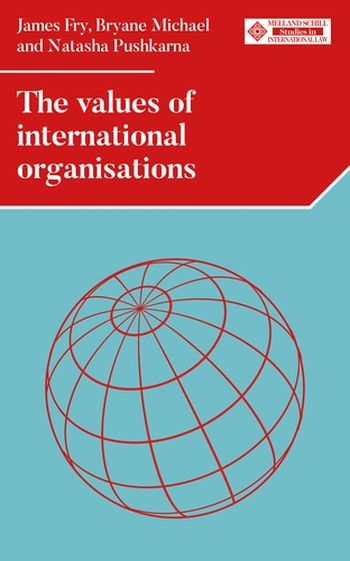We will be closed from 5pm Thursday 17th April for the Easter Bank Holidays, re-opening at 8.30am on Tuesday 22nd April. Any orders placed during this period will be processed when we re-open.

This book quantifies international organizations' affiliation with particular values in their constitutions, like cooperation, peace and equality.
The statistical and legal analyses tease out from the data the actual values contained in international organizations' constitutions and their relationship with one another. Values like cooperation, representation and communication often appear together in international organizations' constitutions. However, divide these organizations into groups - like regional versus universal organizations - and a kaleidoscope of different patterns in these values emerges. In the kaleidoscope, the reader clearly can see distinct groupings of organizations and values. With data pointing the way, many new - and seemingly contradictory - interpretations of international organizations law emerge. Not only does this book provide a map of international organizations' values, it provides a healthy start towards fully understanding that map, thereby helping global governance take a quantum leap forward.